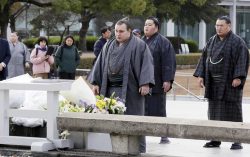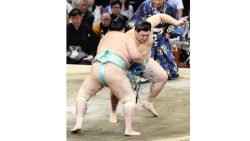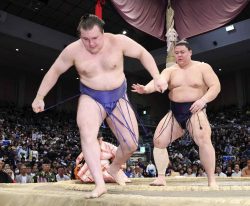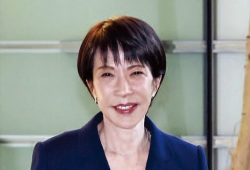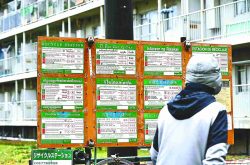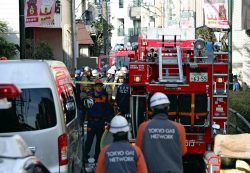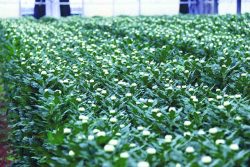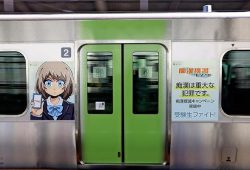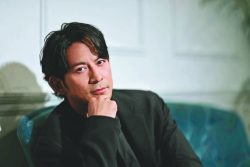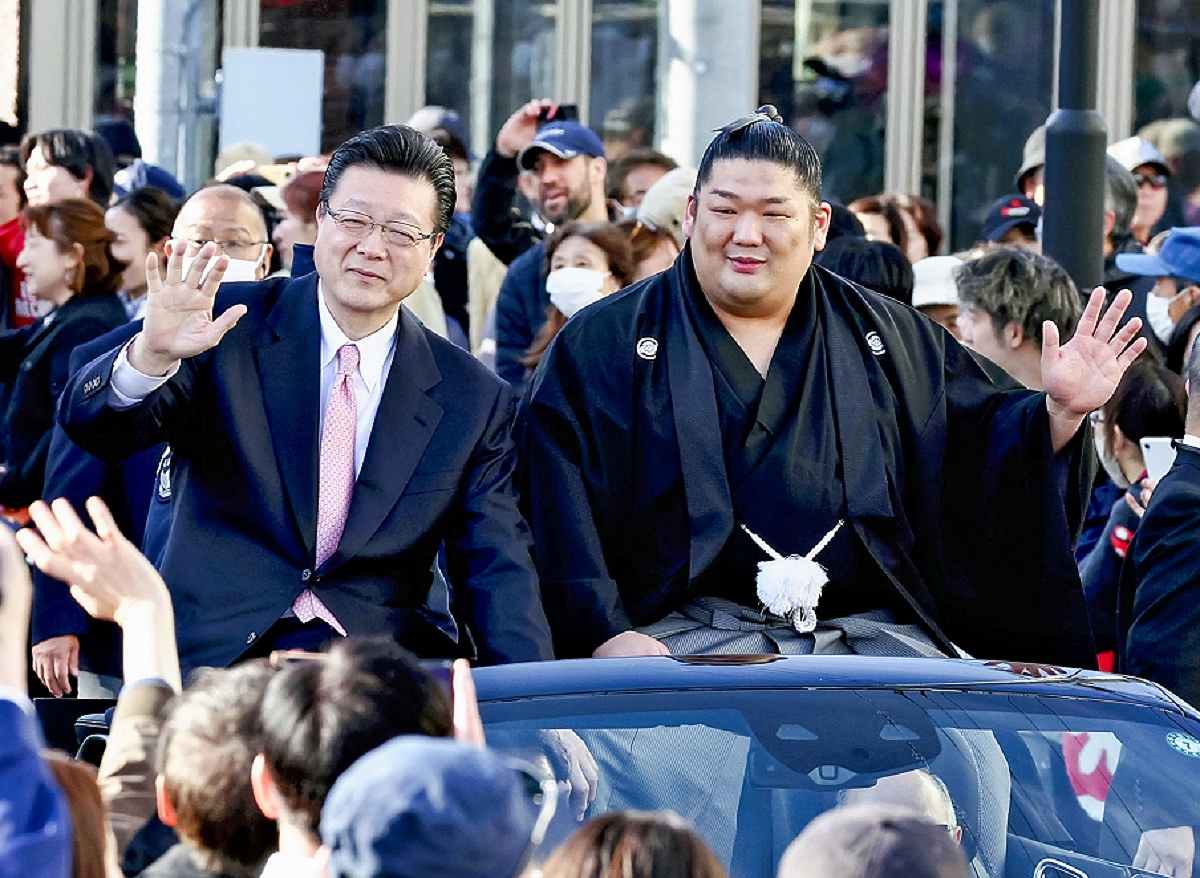
Takerufuji, right, and his stablemaster Isegahama take part in a parade in Takerufuji’s hometown of Goshogawara, Aomori Prefecture, on May 1.
16:25 JST, May 29, 2024
For a championship-winning sumo wrestler, the two highest honors are receiving the Emperor’s Cup and the victory parade afterward. Riding in an open-top car with a flag-bearer by their side, they circle the vicinity of the Ryogoku Kokugikan or regional tournament venues. The parade serves to showcase the champion to those who couldn’t attend the tournament, and it’s a beloved sight for the many fans lining the streets to celebrate his victory.
Unfortunately, due to a leg injury, Takerufuji had to withdraw from the Summer Grand Sumo Tournament this month. However, after he became the first newly promoted wrestler to become a champion in 110 years at the Spring tournament in March, there was an official parade around Osaka Prefectural Gymnasium, also known as Edion Arena Osaka, on the final day.
There was also a triumphant parade in his hometown of Goshogawara, Aomori Prefecture, on May 1. According to the city’s announcement, as many as 55,000 people lined the streets
Takerufuji expressed his gratitude, saying, “Thanks to all of you, I was able to grasp this victory.”
There are many anecdotes about past victory parades.
Sekiwake Asashio in the 1956 Spring tournament and yokozuna Wakanohana in the 1959 Summer basho both won by reversal, so they didn’t have time to prepare formal attire. They rode in the open-top car, wearing only a mawashi loincloth. These so-called “naked parades” became a hot topic. There are many examples of wrestlers holding parades in their hometowns like Takerufuji.
Ozeki Kotoshogiku (now stablemaster Hidenoyama) in the 2016 New Year Grand Sumo Tournament became the first Japanese-born wrestler to win the Emperor’s Cup in 10 years. He had a water parade in March of the same year, riding a boat on the canals of his hometown of Yanagawa, Fukuoka Prefecture, being cheered on by the locals. This kind of celebration is unique to sumo, in which wrestlers maintain close ties with their hometowns.
Victory parades are often held in professional baseball and other sports during the offseason, but since sumo has six champions a year, one for each tournament, many people associate parades with sumo.
It’s a blissful moment that every wrestler dreams of. Championship-winning wrestlers have unanimously said that it’s a joyful time, when the fatigue of the 15-day tournament is blown away.
— Kamimura is a sumo expert.
"Sports" POPULAR ARTICLE
-
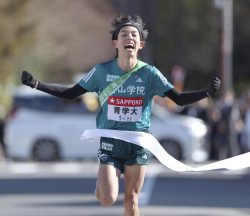
Hakone Ekiden 2026: Aoyama Gakuin Leads Tokyo-Hakone Ekiden After Record-Breaking End to 1st Day (Update 1)
-
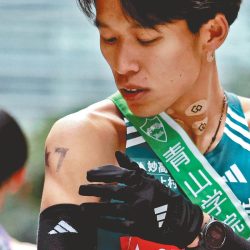
Hakone Ekiden 2026: Aoyama Gakuin Hakone Ekiden Runners Kept Departed Teammate in Their Thoughts During Race
-
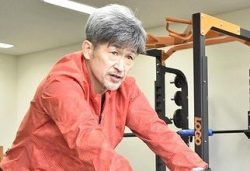
‘King Kazu’ Joins J3’s Fukushima United FC on Loan; 58-Year-Old Kazuyoshi Miura Returns to J.League for 1st time in 5 Years in 2026
-

At 58, the World’s Oldest Professional Soccer Player Says He Is Only Getting Better with Age
-
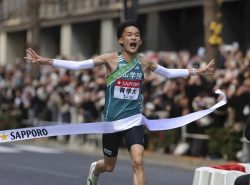
Hakone Ekiden 2026: Aoyama Gakuin Defends Tokyo-Hakone Ekiden Title
JN ACCESS RANKING
-

BOJ Gov. Ueda: Highly Likely Mechanism for Rising Wages, Prices Will Be Maintained
-

Japan Govt Adopts Measures to Curb Mega Solar Power Plant Projects Amid Environmental Concerns
-

Core Inflation in Tokyo Slows in December but Stays above BOJ Target
-

Osaka-Kansai Expo’s Economic Impact Estimated at ¥3.6 Trillion, Takes Actual Visitor Numbers into Account
-

Major Japan Firms’ Average Winter Bonus Tops ¥1 Mil.


